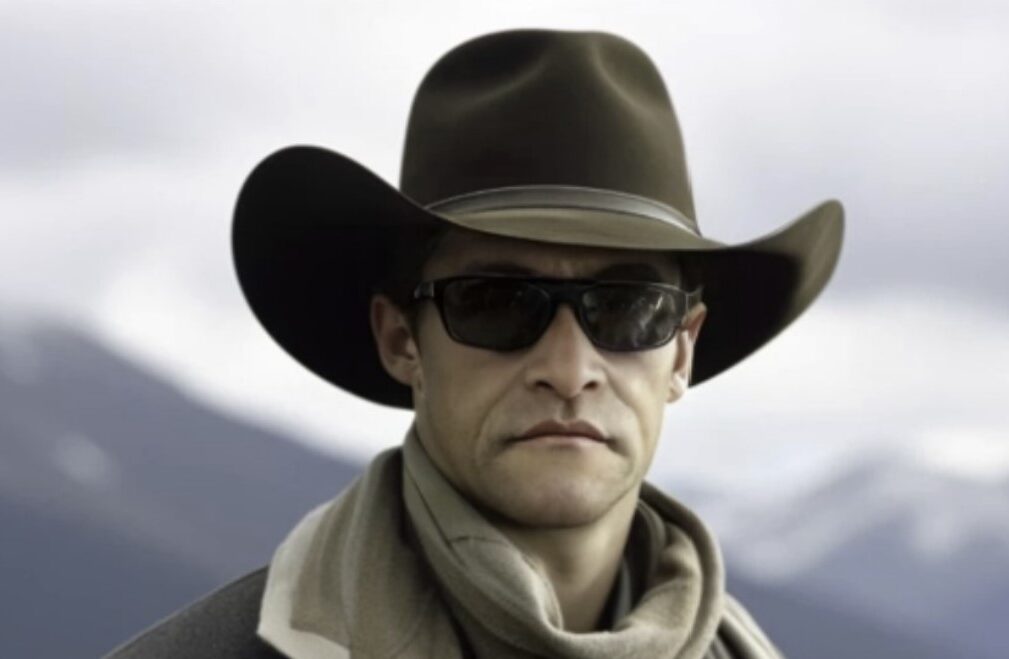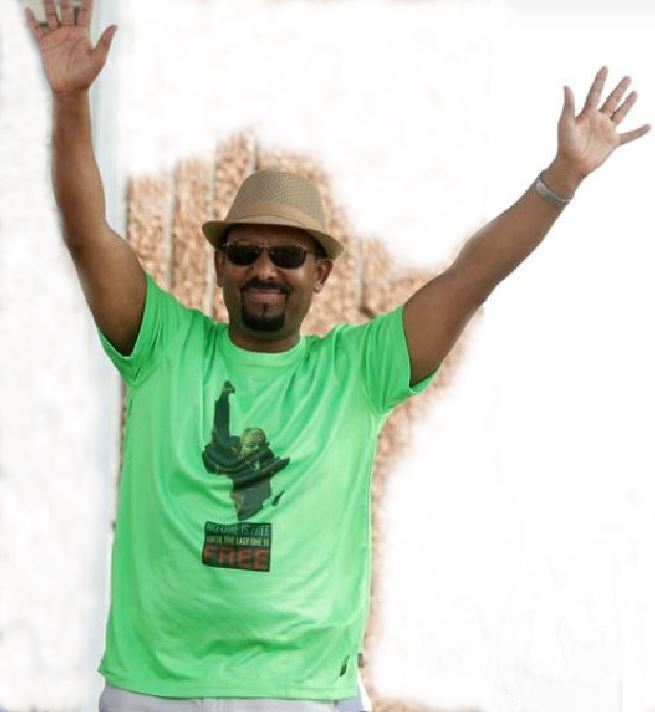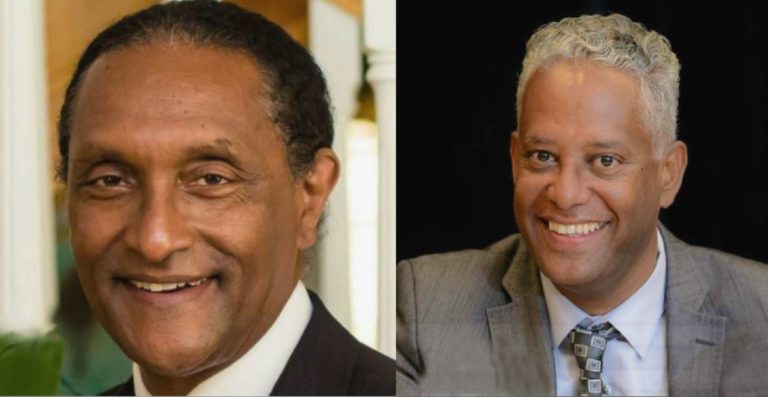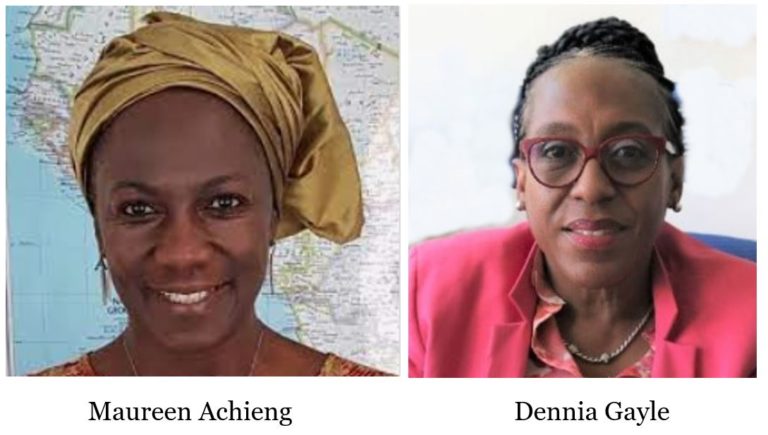Remembering the Sharpeville (South Africa) and Meles Massacres (Ethiopia) in 2019
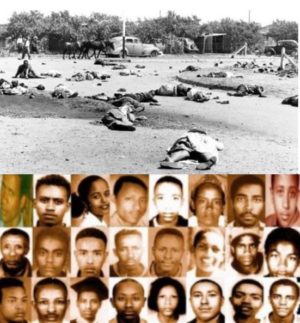
==========================================================
Special Author’s Note: For the past few years, I have written commemorative commentaries on the Sharpeville Massacre of March 21, 1960 and the Meles Massacres of 2005. I have written these commentaries to remind those who believe in solving problems with large scale violence that violence begets violence and lasting peace can be achieved only through dialogue and mutual give and take based on goodwill and good faith.
One of the common criticisms leveled against H.E. Prime Minister Dr. Abiy Ahmed is that he “does not take action”.
When protesters are out in the street making noise, he is blamed for “not taking action”.
When empty barrel opposition leaders and activists babble inflammatory words in the media, he is blamed for “not taking action”.
When the media itself, which once sought to be the ears and eyes of the public, became a pathetic institution of vulgar tabloidism cranking out fake news, he is blamed for “not taking action”.
When former regime leaders bluster holed up under the rock from which they crawled 27 years ago, he is blamed for “not taking action”.
When thousands of people are displaced through the paid agitation of covert TPLF operatives, he is blamed for “not taking action”.
When the rains don’t come in season, he is blamed for “not taking action”. When there is thunder and lightning when the rains come, he is blamed for “not taking action”.
Of course, none of the cowardly blockheads will step forward and tell him exactly what “action” they want him to take.
Do they want him to take the actions the late Meles Zenawi and his gang of thugs in the Tigrean People’s Liberation Front (TPLF) took? Do they want him to “take action” by declaring a state of emergency, constituting command posts and ordering mass arrests, mass detentions, mass persecutions and massacres?
Or do they want him to take the actions of the defunct military junta (Derg) that preceded the TPLF regime by implementing a “Red Terror” campaign against any and all opposition? The Derg obtained $13 billion in 13 years “to take action” and made Ethiopia the killing fields of Africa.
PM Abiy has said time and again, he will “not take action” that will result in the mass arrests, mass detentions, mass persecutions and massacres to stay in power. Such forms of action have been tried and failed time and again for decades.
He says those who kill, jail and steal are losers. They can never lead a country; they can only lead a procession to the graveyard.
But PM Abiy says there is one and only one action that must be taken.
That is collective action by all Ethiopians to bring about peace, reconciliation, stability and social harmony. It is the duty of community elders, professionals, public officials, opposition parties, faith and civic society leaders and all citizens to work for a peaceful and prosperous Ethiopia.
I have the greatest admiration for PM Abiy in his renunciation of indiscriminate, wholesale and wanton violence in the name of “taking action” to remain in power.
Power does not come out of the barrel of the gun. Power comes from reaching the hearts and minds of Ethiopians with a message of brotherhood and sisterhood and showing them that path to peace, reconciliation and prosperity.
The hypocrisy of PM Abiy’s forked tongue serpentine critics is that they will be the shrillest voices in condemning him as a dictator were he to follow their mindless exhortations and “take action”.
As I remember the Sharpeville and the Meles Massacres, I also remember the words of Dr. Martin Luther King Jr.:
Hate begets hate; violence begets violence; toughness begets a greater toughness. We must meet the forces of hate with the power of love. The ultimate weakness of violence is that it is a descending spiral begetting the very thing it seeks to destroy, instead of diminishing evil, it multiplies it.
=============================================================
Today is Thursday March 21, 2019.
It is a date that shall live in infamy in African history.
On Monday March 21, 1960, the minority white apartheid regime committed a shocking massacre in the township of Sharpeville in South Africa. It was an act of atrocity intended to show the majority black South Africans that whites will resort to extreme lengths to cling to power indefinitely.
In June and November 2005, the now-defunct black ethnic apartheid regime of the Tigrean Peoples Liberation Front (TPLF) led by the late Meles Zenawi committed an unspeakable and fully documented (by his own Inquiry Commission) massacre in Ethiopia. It was an act of atrocity intended to show the majority of Ethiopians that the TPLF will resort to extreme measures to cling to power for one hundred years.
Why do I remember the Sharpeville and Meles Massacres?
I have often been criticized for my “obsession” with the Meles Massacres of 2005.
Of course, the only reason I got involved in Ethiopian human rights advocacy in 2006 was because of the Meles Massacres.
But those who would rather forget the Meles Massacres express puzzlement over my “obsession” and offer dissuasive advice: “Why do you always talk about the Meles Massacres? Meles is dead. It all happened a long time ago. Nothing can be done. Whatever you do will not bring back the dead. Forget it. Let it go.”
I have also been told not to resurrect the memory of the Sharpeville Massacre that happened nearly six decades ago. “There are not even that many South Africans who remember Sharpeville today. It is a bad memory South Africans would rather forget. Why open old wounds? Why make false analogies between South Africa and Ethiopia? ”
I have often asked myself, “Do African societies traumatized by brutality and atrocity prefer to practice collective self-induced amnesia? Are Africans suffering from “Afromneisa”? Are Ethiopians afflicted by “Ethiomnesia”?
The Sharpeville and Meles Massacres were driven by the same impulse. Domination, subjugation and exploitation of a majority group by a small group of power hungry and bloodthirsty thugs intent on holding on power by any means necessary.
Though white apartheid has been officially dead in South Africa for a quarter of a century, the evils left behind by the apartheid regime still live today and continue to wreck the lives of millions of black South Africans.
Though the ethnic apartheid regime of the TPLF has been dead almost a year and its leaders remain in self-incarceration, they still spend tens of millions of dollars to wreak havoc in Ethiopia creating strife, conflict, displacement of populations and instability in the country.
There is no difference between the racial apartheid system of white South Africans and the black ethnic apartheid system run by the TPLF in Ethiopia.
There is no difference at all between the South African apartheid [apartheid means apart-ness or separate development] “bantustans” (homelands) and the TPLF ‘s “kilils” [kilils also means apart-ness by creating exclusive areas that keep others out] (homelands).
There is no difference between prime minister Hendrik Verwoerd’s apartheid/“separate development,” and “prime minister” Meles Zenawi’s policy of “ethnic federalism” which sought to dismember and divide and rule Ethiopia by creating disconnected islands of ethnic enclaves.
Apartheid, racial or ethnic, has no color, no ethnicity, no religion, no language and no nationality. It is a scourge on humanity.
Mass detentions, mass incarcerations and massacres are the hallmark of apartheid-style regimes.
Why do I remember the Sharpeville and Meles Massacres?
For the same reason Elie Weisel remembered Ethiopia during his Nobel Lecture:
We must remember the suffering of my people, as we must remember that of the Ethiopians, the Cambodians, the boat people, the Palestinians, the Miskito Indians (Nicaragua and Honduras), the Argentinian ‘Desaparecidos’ (‘disappeared ones’) – their list seems endless.
March 21, 1960- Sharpeville Massacre, South Africa
On March 21, 1960, exactly 59 years ago today, a crowd estimated at five thousand (according to apartheid police 20 thousand, inflated to justify their extreme response) gathered in front of a police station in the South African township of Sharpeville in Transvaal (presently Gauteng, one of the nine provinces of South Africa).
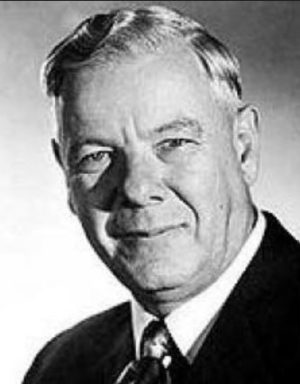
Many of the protesters had gone to the station in response to calls by organizers to defy the pass book (internal “passport” for black South Africans intended to limit their movement) laws and submit to voluntary arrest.
Less than two dozen police officers were present at the station when the first group of protesters arrived. The crowd swelled in a short time. Reinforcements with armored cars and machine guns were brought in from surrounding areas. As more protesters arrived, fighter jets were called in to fly low and buzz the crowd in an attempt to scatter it.
Protesters began throwing rocks and tried to break the police barricades. None of the protesters was armed as a judicial inquiry later confirmed.
The police responded with tear gas and batons. Apartheid police tried to arrest the leaders of the protest and scuffles broke out. A few protesters charged the gates to the station and rushed a police commander. Police opened fire on the crowd with submachine guns and assault rifles.
According to official figures, police fired 705 bullets killing 69 protesters, including 8 women and 10 children. The number of wounded and otherwise injured exceeded 180, including 31 women and 19 children.
The vast majority of the victims were shot in the back as they fled the scene, according to the senior district surgeon of Johannesburg who testified before a judicial inquiry.
The eyewitness accounts of the massacre cast significant doubt on the police version of events. One eyewitness reported:
There was no warning volley. When the shooting started it did not stop until there was no living thing in the huge compound in front of the police station. The police have claimed they were in desperate danger because the crowd was stoning them. Yet only three policemen were reported to have been hit by stones – and more than 200 Africans were shot down. The police also have said that the crowd was armed with ‘ferocious weapons’, which littered the compound after they fled. I saw no weapons… I saw only shoes, hats and a few bicycles left among the bodies.
Lt. Col. Pienaar, the commanding officer of the police reinforcements at Sharpeville, did not mince words when he spoke to The Guardian. “It all started when hordes of natives surrounded the police station. My car was struck with a stone. If they do these things they must learn their lesson the hard way.”
Pienaar added, “The native mentality does not allow them to gather for a peaceful demonstration. For them to gather means violence.” He denied giving any order to fire on the crowd.
An apartheid “judicial inquiry” failed to determine responsibility for the massacre.
Within weeks, the supposed organizers of the protest were tried and sentenced up to 3 years and the apartheid government declared a state of emergency.
By May 1960, some 30,000 alleged participants and supporters of the protest were held in detention.
The Sharpeville Massacre became a milestone in South African history.
The slow unraveling and dismantling of the apartheid regime began in Sharpeville. The massacre galvanized international public opinion. Opposition to apartheid regime spread throughout the world driven by coalitions of civil society and grassroots organizations.
Sharpeville stirred the imagination of black South African youth. The U.N. Security Council passed Resolution 134 which led to increasing international isolation of the apartheid regime.
Coalitions of civil society and grassroots organizations mounted mass mobilizations efforts resulting in South Africa’s exclusion from the British Commonwealth in 1961.
The apartheid regime responded by becoming even more repressive and consolidated its support among whites.
Anti-apartheid organizations within South Africa also consolidated their roles. The African National Congress began taking a leading role in the anti-apartheid movement and established its military wing. The long march to freedom in South Africa was underway.
International efforts to isolate and sanction the apartheid regime also took a new urgency. Foreign investors became jittery about investing in South Africa under white minority rule. Following the Sharpeville Massacre, foreign investors took their money out of South Africa and ran. The South African economy teetered on the verge of collapse. In the coming years, increasing economic sanctions were imposed on South Africa.
The Meles Massacres of 2005
On June 8, 2005 in Addis Ababa and November 1-10 and 14-16 in Addis Ababa and “some parts of the country”, T-TPLF ethnic apartheid forces indiscriminately fired into unarmed protesting crowds and killed 193 protesters and wounded 763. This was the official finding of the Inquiry Commission personally appointed by the late T-TPLF leader Meles Zenawi.
The Inquiry Commission was not allowed to report hundreds of other related deaths and injuries that occurred on other dates between May 16 and December 2005. (Click HERE to read the authorizing Proclamation.)
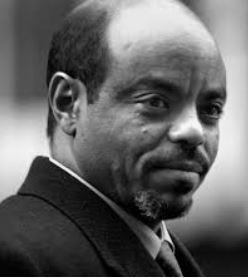
Meles Zenawi’s response to the massacres was remarkably similar to Lt. Col. Pienaar.
Meles explained, “I am saying there was no peaceful demonstration as such. It was an uprising, and we put down an uprising. Regrettably, it involved loss of life. But it was not a peaceful demonstration at all.”
Following the May 2005 election, 30,000 persons were jailed by the T-TPLF.
The crimes against humanity committed by the apartheid South Africa regime have been recorded on film. (Click HERE to see one emotionally moving video footage.)
We have a few photographs (warning, extremely graphic; viewer discretion strongly advised; scroll document to end of list of names to see victims photos).
Why remember the Sharpeville and Meles Massacres?
When we remember the 1960 Sharpeville and 2005 Meles Massacres, we are also remembering the hundreds of “Sharpeville” massacres that are taking place in Africa today, that have happened yesterday, last year, ten years ago and 100 years ago.
The fact of the matter is that “Sharpevilles” occur in Africa every day.
Extrajudicial killings by the security, military and police forces of thug regimes in the Sudan, Liberia, Sierra Leone, the Central African Republic, Mali, the Democratic Republic of the Congo and elsewhere in Africa have been so rampant over the past two decades, few are shocked by reports of fresh massacres.
In August 2012, black South African police officers fired on protesting miners in Marakina in north west South Africa killing 44 and leaving at least 78 injured. (Watch actual footage [extremely graphic] of the incredible and heart wrenching massacre as unarmed protesters are cut down by machine gun fire.) But none of the outrage shown during the Sharpeville Massacre was shown in Marakina. Everyone turned a blind eye to a criminal atrocity committed under a black regime. Few questions asked and no accountability. That is the tragic double-standard!
If the Marakina Massacres can happen in South Africa in 2012, the land where the Sharpeville Massacres took place nearly six decades ago, should we be surprised when similar massacres happen in Ethiopia or anywhere else in Africa in 2019?
Evil without borders
I believe all massacres in Africa are well-calculated crimes by thugs in power and sometimes by thugs out of power trying to thug their way into power.
Massacres in Africa are weapons of mass destruction.
The minority South African regime then and the T-TPLF regime in Ethiopia until recently used massacres and extreme violence as a tactic to prove to the population that they will kill and destroy anything in their path to cling to power.
The Sharpeville Massacre was the white minority government’s way of “teaching the kaffirs [ethnic slur used by white South Africans] a lesson they will never forget”.
Their message was simple: “Resistance to white minority rule is futile.”
The Meles Massacre and the massacres that continued to be committed until the T-TPLF was no more also aimed to teach the majority population exactly the same message: “Resistance to T-TPLF rule is futile.”
PM Abiy is right: No mass arrests, no mass detentions, no mass persecution and no massacres to cling to power
There is no doubt there is a resurgence of white nationalism and black ethnonationalism in the world today.
The internet and social media are making it easier for white nationalists to preach their gospel of hate in the West.
The internet and social media are making also making it easier for functionally illiterate African ethno-nationalists who consider themselves political pundits by cranking out endless streams of hateful drivel and gibberish to create alarm and anxiety in the public mind.
The internet and social media have made it possible for those kicked out of power and cut off from the trough of corruption and theft to try and return to power by pumping out fake news, disinformation and misinformation social media.
The knee jerk reaction is to respond to such groups with massive suppressive action. But so long as the dogs of war, strife and conflict keep on barking, no harm no foul for barking dogs don’t bite. As they say, “The dogs will bark, the camels will walk.” After all, barking may be considered a form of speech as annoying and aggravating as it may be.
But when the barking dogs begin to bite, then they must be treated like vicious dogs.
That is the message I gather from PM Abiy’s repeated declarations. Let barking dogs bark. The camels will keep on walking. It is a price one has to pay living in a burgeoning democracy.
The alternative is to repeat the mistakes of the past and leash in jail or put to sleep the barking dogs. That is not necessary and will serve no purpose.
That is why Ethiopians must learn from history. No individual or group can cling to power through mass arrests, mass detentions, mass persecutions and massacres.
The most important responsibility of the current and coming generations of Ethiopians and Africans is to make sure that no leader or regime can cling to power by using mass arrests, mass detentions, mass persecution and massacres.
PM Abiy is teaching not only Ethiopians but all Africans that we must learn to resolve our differences at the discussion and negotiating table and live like brothers and sisters or perish like a ship of fools.
Nothing can be resolved at the barrel of the gun or by populating the prisons with political prisoners.
Young people in Ethiopia and all over Africa must cultivate a new political culture that condemns the ignoble maxim, “Might makes right”.
They must strive to build nations where right and the rule of just and fair laws make might.
To develop a culture of “right makes might”, Ethiopians and their brothers and sisters throughout the continent must remember and work to eliminate the evil practice of mass arrests, mass detentions, mass persecution and massacres.
To let a culture of massacre “Afromenesia” and “Ethiomensia” flourish would be the greatest crime committed against the younger generation of Africans and the generations to come.
The naysayers will continue to bark and make noise from the safety of Facebook and social media.
They can do that because they don’t have skin in the game.
But the ignorant hordes that babble on social media deserve to be ignored. As they say, “An empty vessel makes the loudest sound, so they that have the least wit are the greatest babblers.”
But with PM Abiy Ahmed, it is a new day in Ethiopia. It is a new day in Africa.
No mass arrests, no mass detentions, no mass persecution and no massacres in Ethiopia. In South Africa. In Africa.
Remember Sharpeville! Remember the Meles Massacres!
